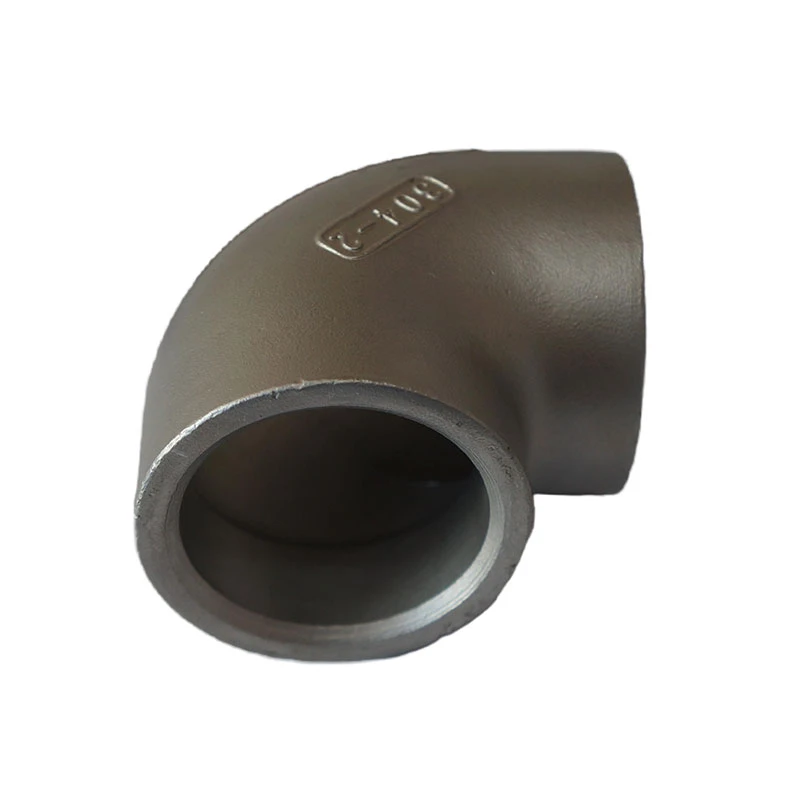aluminium sand casting
Aluminium Sand Casting A Comprehensive Overview
Aluminium sand casting is one of the oldest and most versatile manufacturing processes in the field of metalworking. This method has been employed for centuries, primarily because it combines the advantages of low costs with production flexibility, making it an ideal choice for creating complex shapes and large parts.
What is Aluminium Sand Casting?
Aluminium sand casting involves pouring molten aluminium into a sand mold, which is formed by compacting sand around a pattern that represents the desired final shape of the component. Once the metal cools and solidifies, the sand is broken away to reveal the finished product. This technique is particularly popular for producing intricate parts with thin walls, large variations in thickness, and complex geometries.
The Sand Casting Process
The sand casting process begins with the creation of a pattern, typically made of wood, metal, or plastic. The pattern is a replica of the final part and is typically oversized to account for shrinkage that occurs as the metal solidifies. After the pattern is made, it is used to create the mold by placing it into a mixture of sand and a binding agent. The sand is compacted around the pattern to form a mold cavity, which will hold the molten aluminium.
Once the mold is prepared, it is usually checked for defects to ensure that no sand particles can interfere with the casting. The next step is melting the aluminium, which is typically done in a furnace at temperatures around 660 degrees Celsius. The molten aluminium is then carefully poured into the mold, where it fills the cavity and takes on the shape of the pattern.
After the molten aluminium has cooled and solidified, the mold is broken apart to release the casting. The finished casting may require additional processing, such as trimming, grinding, or machining, to achieve the required dimensions and surface finish.
Advantages of Aluminium Sand Casting
1. Cost-Effective One of the main advantages of sand casting is its low cost, especially for small to medium production runs. The materials used to create the sand molds are relatively inexpensive, and the process itself requires minimal investment in specialized equipment.
aluminium sand casting

2. Flexibility Sand casting allows for the production of a wide range of sizes and shapes, making it suitable for many applications across different industries, including automotive, aerospace, and consumer products.
4. Smooth Surface Finish Although sand casting can produce rough surfaces, the use of finer sand or additional finishing processes can result in a smooth surface, reducing the need for extensive machining.
5. High Tolerance Levels With careful control and advancements in technology, aluminium sand casting can achieve high tolerance levels, making it suitable for precision engineering applications.
Applications of Aluminium Sand Casting
Aluminium sand casting is widely used in various sectors, including
- Automotive Industry Many engine components, housings, and brackets are produced using this method due to its versatility and cost-effectiveness. - Aerospace Lightweight components for aircraft structures and engine parts benefit from aluminium's excellent strength-to-weight ratio. - Marine Applications Boat fittings, frames, and other parts are often cast from aluminium to resist corrosion and reduce weight.
Conclusion
Aluminium sand casting is a proven manufacturing technique that plays a crucial role in producing a vast array of components across different industries. Its cost-effectiveness, flexibility, and ability to create complex shapes make it a favored choice for manufacturers. As technology continues to advance, the methods and materials used in aluminium sand casting are likely to evolve, leading to even greater efficiencies and possibilities in the future. Whether you're in need of low-volume prototypes or mass-produced parts, aluminium sand casting remains a viable option worth considering.
-
OEM Sand Cast Pump Valve Fittings - Hairun Sourcing | Precision Engineering, Industrial EfficiencyNewsJul.13,2025
-
EcoGuard 3000 - Sustainable Agriculture Solution&Soil Health ImprovementNewsJul.13,2025
-
SmartAgri Solutions: Smart Farming Tech | AI Analytics & IoT SensorsNewsJul.13,2025
-
[Product Name]-[Company Name]|Business Efficiency&InnovationNewsJul.13,2025
-
Smart Factory Solutions-Industrial Efficiency|Real-Time Analytics&Automated WorkflowNewsJul.12,2025
-
OEM Sand Cast Pump Valve Fittings - Hairun Sourcing | Durable, Reliable, CustomizedNewsJul.12,2025















